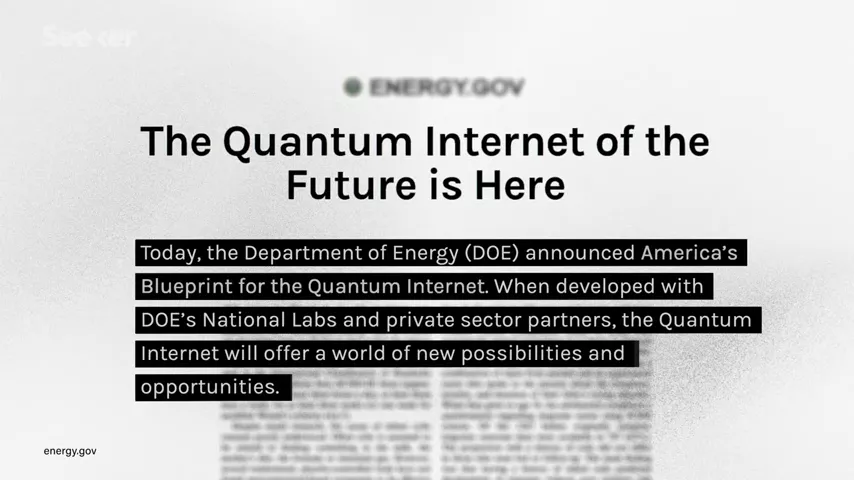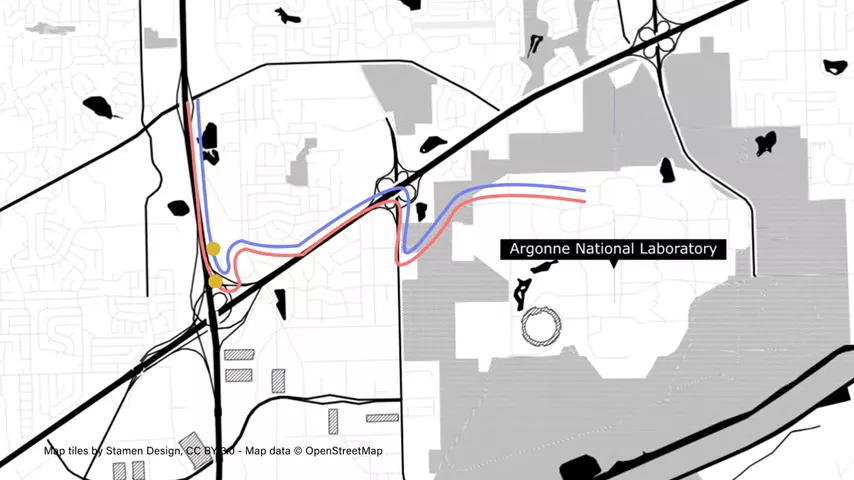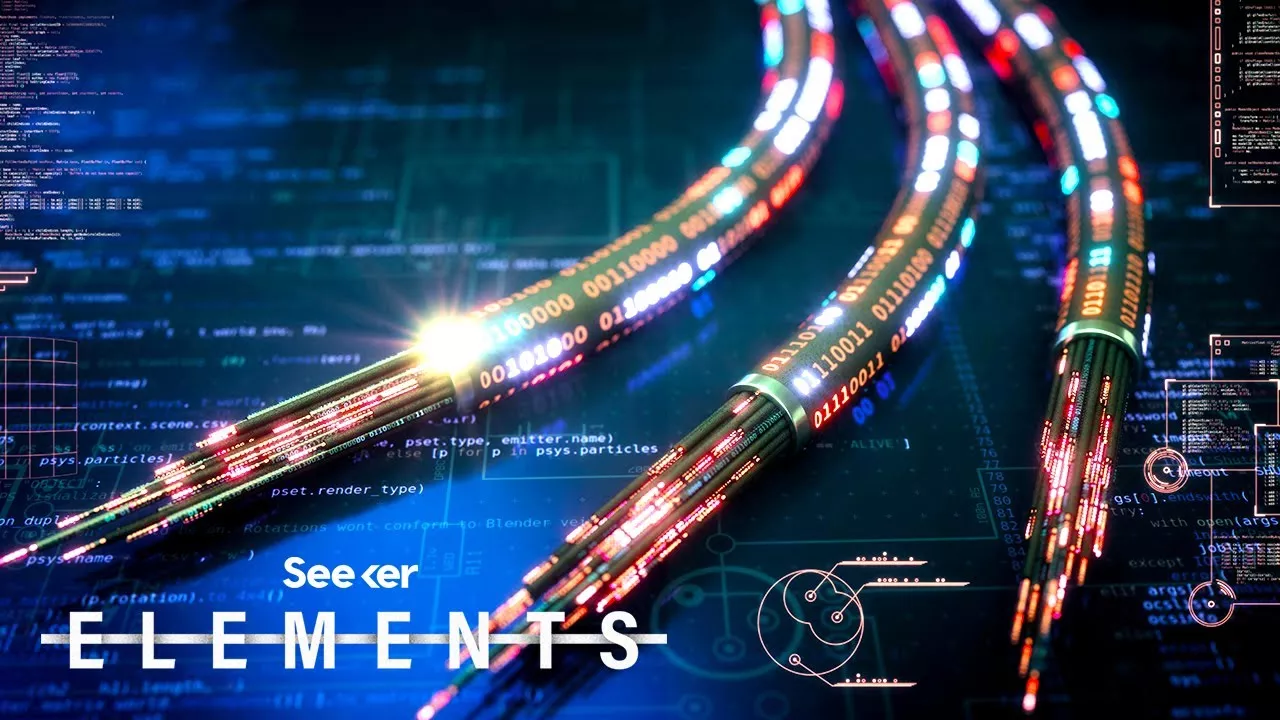Quantum computers that take advantage of quantum phenomena to tackle massive problems are hailed as the future of computing. But what about a quantum internet? What would that look like? And would it even be worth it?
A quantum internet is actually in the works, with the U.S. Department of Energy recently rolling out a blueprint describing research goals and engineering barriers on the way to it. Although we’ve been working on it for about the last decade “quantum internet” is sort of hard to define. There is no real clear meaning for it beyond “sending quantum signals back and forth,” and there are a few ways to go about doing it.
Although we’ve been working on it for about the last decade “quantum internet” is sort of hard to define. There is no real clear meaning for it beyond “sending quantum signals back and forth,” and there are a few ways to go about doing it.
Probably the method that is most in reach is by sending these quantum signals via photons over fiber optic cables. “But we already send our classical internet signals through optical fibers." How is this any different?” That’s a great question, fellow curious mind! The difference is these photons would have their polarization states manipulated to turn them into what are known as a qubits. Instead of the pulses of photons representing a 1 or a 0, a single photon could represent a 1, a 0, or both simultaneously. This is thanks to a phenomenon called superposition. Sending information this way would be especially useful for security. It would be possible to use the qubits in the mathematical process of disguising data called encryption, and detect if an outside party had intercepted the qubits and was trying to crack the code.
Eavesdropping on a quantum channel would be very difficult indeed. It could be made even more difficult by leveraging another quantum phenomenon called entanglement. Two particles or quantum systems that are entangled after an interaction are linked. Knowing the state of one will tell you the state of the other. And when one changes, the other changes too, and does so instantaneously. This means communication would be possible across vast distances potentially faster than the speed of light. And because nothing is sent through a wire, the message cannot be intercepted.
But there is the issue of getting the entangled particles where they need to be in the first place. Once they interact, they still need to be separated. The current means of doing this still involves sending a newly entangled photon down a fiber optic cable to its final destination. And that reliance on fiber optic cables to carry messages or establish an entangled network is one of the first technical challenges a quantum internet has to overcome.
Photons travelling in fiber optics can get scattered or absorbed along the way. Or they could reach their destination and fail to register with the detector. Using entanglement would eliminate most of those issues, but right now the photons that are generated during entangling happen to be at wavelengths that degrade quickly in optical fibers. Fortunately, scientists have found they can be converted using lasers to more suitable wavelengths, and using this technique scientists have successfully set up entangled nodes 50 km apart.
The Department of Energy’s latest blueprint for a Quantum Internet in the U.S. has four key milestones: first to make sure quantum information sent over current fiber optic cables is secure. Then to establish entangled networks across colleges or cities, then throughout states, and finally for the whole country. In February of 2020, the Department of Energy announced they had sent two entangled photons over two separate 42 kilometer fiber optic loops and had verified they were still correlated when they returned.  They hailed it as a milestone on the way to developing a national quantum internet. It’s still a long way off though. The Department of Energy estimates a prototype sometime in the next decade. Even when it’s all set up, don't expect to plug into the quantum ‘net. Unless whatever information you’re sending needs to be ultra secure, you’re probably just going to keep streaming your cat videos using the flashing lights in glass fibers like you do now.
They hailed it as a milestone on the way to developing a national quantum internet. It’s still a long way off though. The Department of Energy estimates a prototype sometime in the next decade. Even when it’s all set up, don't expect to plug into the quantum ‘net. Unless whatever information you’re sending needs to be ultra secure, you’re probably just going to keep streaming your cat videos using the flashing lights in glass fibers like you do now.


No comments yet